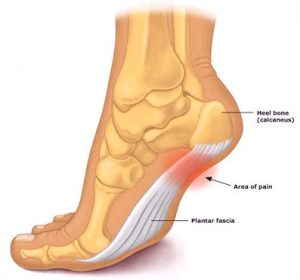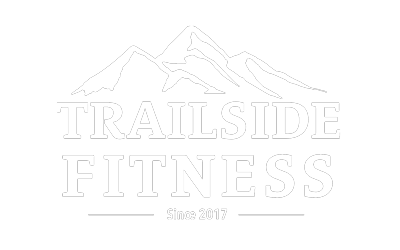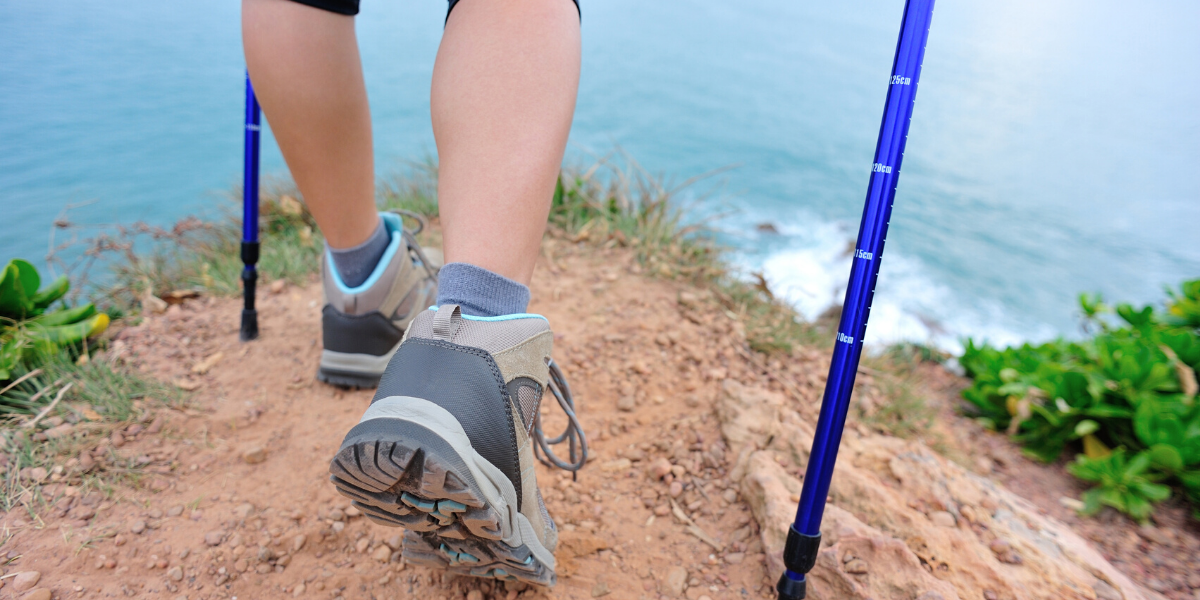Plantar Fasciitis & Hiking
Plantar fasciitis and hiking don’t go well together. Plantar fasciitis shouldn’t stop you from hiking, though! This post will highlight some of the most common causes of plantar fasciitis, where you might feel the pain and some ideas on how to address it. There are a LOT of possibilities and variables that can come into play here.
You should always seek a medical professional to determine what is causing the issue and how best to manage it.
Plantar Fasciitis
 Plantar fasciitis is tendinopathy that many hikers and non-hikers manage. It is also more common as we age since the tissue is less flexible than when we are younger.
Plantar fasciitis is tendinopathy that many hikers and non-hikers manage. It is also more common as we age since the tissue is less flexible than when we are younger.
Possible causes for plantar fasciitis are weight – both body weight and pack weight can apply here. Tossing on an extra 30lbs of pack weight has some immediate effects on the body.
Other issues can arise from tight calf muscles, tight shin muscles, and weak foot muscles. Some simple self-care massages and stretching can do wonders for pain relief.
Adding in some easy but effective foot strength will also help restore proper foot motion and function.
Addressing well-fitting and supportive footwear is another important consideration. Shoes that offer adequate support are crucial to your success. The best shoe choice varies for everyone, so talk to the salesperson to determine the best options for your feet.
Plantar fasciitis pains and hiking
If you have plantar fasciitis, you’ll typically have pain where the fascia attaches to the heel bone on your instep. (see image)
You may have pain with placing weight on your feet after prolonged rest or sleeping and pain with pushing off while walking. I like the sequence here for all rest stops I take, and it’s a perfect fit for those who deal with plantar fasciitis.
Some of the best ways to combat plantar fasciitis are by strengthening the foot muscles.
You can also use orthotics or taping, but strengthening the foot muscles helps to restore proper function and foot support where taping and orthotics do the work for the foot.
Other helpful solutions are stretching the lower leg muscles, particularly the shin and calf muscles. These muscles directly impact how the ankle joint moves, and that affects the plantar fascia.


Recent Comments